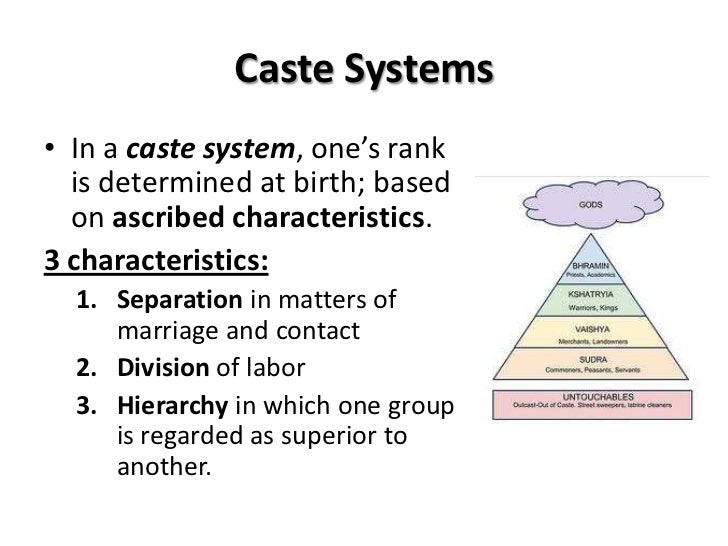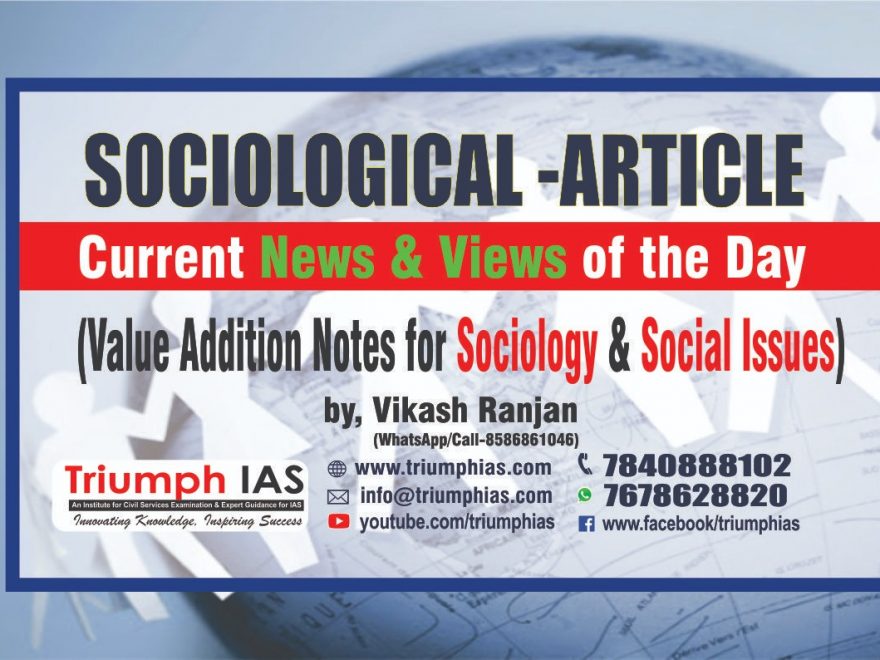BROKEN MEN THEORY OF B.R. AMBEDKAR
Relevance: Sociology: Caste System: (a) Perspectives on the study of caste systems: GS Ghurye, M N Srinivas, Louis Dumont, Andre Beteille. (b) Features of caste system. (c) Untouchability – forms and perspectives. & G.S paper I: Society and social issues
BROKEN MEN THEORY
Dr.B.R. Ambedkar advanced “Broken Men Theory”. According to him, the primitive society was tribal in nature. With the passage of time, some settled down with agriculture as means of livelihood. However, all people did not get settled down.
Soon, battles took place between settled tribes and nomadic. Stealing of cattle, stealing of women and stealing other forms of wealth became a regular feature.
The cause of battles between the settled people and the nomadic tribes were the nomads found it easier to fight against the settled and steal their wealth, and the settled were unable to defend themselves from the nomads, who were militant and aggressive.
In primitive times, a floating population constituting groups of broken tribes, roaming in all directions emerged. Both the classes faced problems from each other.
The broken men were in need of ‘ shelter and food, whereas the settled were in need of protection of their property and persons. As a result of this, an agreement was found necessary by both the parties. Ambedkar writes, “Although we have no written text of a contract coming down to us from antiquity, we can say that the two struck a bargain whereby the broken men agreed to do the work of watch and ward for the settled tribes and the settled tribes agreed to give them food and shelter.
Indeed it would have been unnatural if such an arrangement had not been made between the two, especially when the interest of the one required the cooperation of the other”.
The primitive society was not that generous and liberal to admit the nomads into their area of habitation. Hence the settled allotted lands outside the village to the nomadic settlers. Because of their living outside the village, they were called “Antya.ia”. “Antyavasin” and ” Asprushya.”.
Ambedkar adds that the Broken Men embraced Buddhism, which propounded liberty, equality and fraternity. The settled people remained in Hinduism and accepted the supremacy of Brahmins, this resulted in further widening the gulf between the Broken Men and the settled communities.
Though converted to Buddhism, the Broken Men still continued the habit of eating the flesh of cows, whereas the settled had given up this habit.
Ambedkar concludes, “Unfortunately beef eating, instead of being treated as a purely secular matter, was made a matter of religion. This happened because the Brahmins made the cow a sacred animal. This made beef eating sacrilege. The Broken Men being guilty of a sacrilege necessarily were pushed out of the pale of the society”.

Though small contradiction/ are seen in Broken Men Theory, it is widely accepted. Buddhism accepts egalitarian model of society as opposed to Varna model.
So, the Broken Men flung themselves into the hands of Buddhists. The Broken Men were habituated to the eating of the flesh of the cows. They could not give it up despite embracing Buddhism, the watch-words of which are non-violence and non-killing.
The Brahmin, on the other hand, in order to exhibit his social supremacy took to complete vegetarianism, though in the Vedic period, they, in sacrificial ceremonies, consumed flesh of animals.
The Broken Men ended as Untouchables. Because of their low status, unclean occupations and habits, low standard of living, untouchability took its crudest forms, which were handed down from generation to generation.

MANUSMRITI AND UNTOUCHABLITY
Untouchability, which was the only one of its kind in the world assumed diabolical propositions in India in the course of time. The Manusmriti narrates the degraded inhuman state of the untouchables.
Their dwellings shall be outside of the villages. Their dresses are the skins of the dead animals. They should eat their food from broken dishes; their ornaments should be made of black iron; they must wander from place to place.
A man who had to fulfil a religious duty should not have any physical touch with them. At night, they should not walk in villages and towns. By day, they might go about for the purpose of work confining themselves to marks made at the king’s command; they should carry the corpses of persons, who had no relatives.
By the king’s order, he should execute the criminals. A person who is polluted by the touch of the Chandala, should purify himself by bathing.
The untouchables lived in the state of untouchability, intellectual torpor, social stupor and political vacuum till the second half of the 19th century, when saints and savants of the Indian Renaissance Movement in general and Andhra Renaissance in particular slowly but steadily started carrying on ameliorative work. It was a long race.
The baton was taken over by the Christian Missionaries and well meaning British rulers. Added to that, the rise of political parties like the Indian National Congress and the Communist Party of India contributed to the awakening of the Avarnas.
For more such notes, Articles, News & Views Join our Telegram Channel.
Click the link below to see the details about the UPSC –Civils courses offered by Triumph IAS. https://triumphias.com/pages-all-courses.php


“Broken Men” theory is an applied version of Social Contract as postulated by Hobbes, Locke and Rousseau. Ambedkar examination of the Untouchable’s trajectory is by and large correct. Buddhism offered an alternative to escape the brutality imposed by Vedic practices. Hindutva is a new version of the same pernicious belief.
This theory seems reasonable.